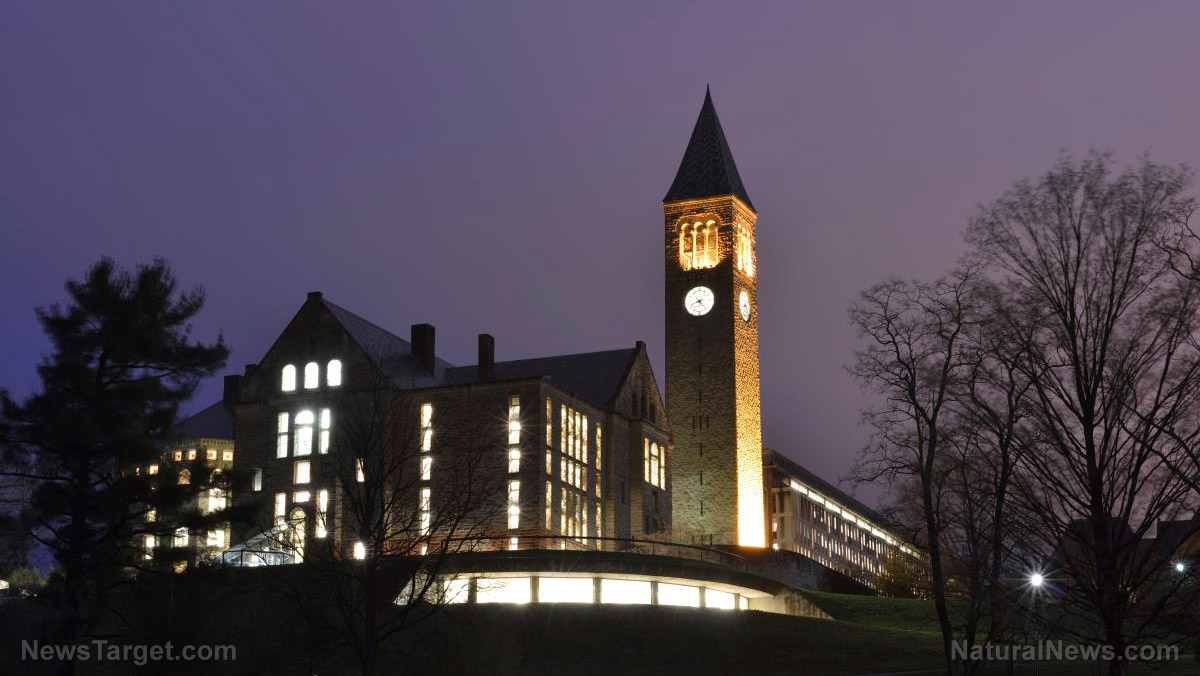
That’s because America’s increasing Marxist-Left universities (and especially the "Ivy League” schools) are enshrining that kind of misrepresentation into official policy.
Along with the “gender identity” nonsense in which men and women can call themselves members of the opposite sex — and expect others to do the same, even though it’s obviously not true — comes racial self-identity, compliments of Brown University.
As noted by The College Fix, a change to Brown’s graduate school application will permit applicants to “self-identify” as someone of color. What’s really confounding is that the website attempted to get Brown University officials to provide details on the change but never responded to those requests.
In other words, university officials don’t want to go on record defining what the policy does and does not mean so they can implement it arbitrarily, changing the meaning of it to match whatever political objectives they are seeking.
The Brown Daily Herald noted that the policy comes on the heels of complaints by graduate students on the Graduate School advisory board that Asian-American and international students are not considered historically underrepresented ethnic groups by the school.
Lydia Kelow-Bennett, a graduate student at the university, told The Herald that the policy change creates “institutional invisibility” for students. Currently, Brown considers historically underrepresented groups to be “American Indian [Liz Warren alert!], Alaskan Native, African American, Hispanic or Latino, and Native Hawaiian and/or Pacific Islander.” Brown has implemented diversity initiatives meant to benefit members of those ethnic groups (rather than, you know, just admit students based on their abilities, regardless of their skin color or background).
Brown’s criteria for historical underrepresentation “caused some students to not receive invitations to certain events, such as a multicultural student dinner,” The Herald reported.
So, the solution? Letting grad students self-select their identity as a person of color, though it isn’t at all clear how doing so will impact policies related to Brown’s diversity goals and initiatives, or whether the university will make any moves to verify an applicant’s claimed ethnicity.
The College Fix reported that its correspondent attempted to contact the school’s admission office on a number of occasions to ask how the institution would ensure that applicants were being honest about their ethnicity, but again, no response.
In addition, the site attempted to make contact with Marlina Duncan, dean of diversity initiatives and certainly someone who would be familiar with the policy change (if not the official who wanted it implemented) in a fruitless attempt to find out whether someone identifying as a person of color had an impact on the applicant’s prospect of being admitted. (Related: INTOLERANCE on parade: Liberal university berates professor for daring to debate non-traditional gender pronouns.)
No response. Apparently no one at the school wants to discuss, describe or defend the change. Silence, it seems, is better than honesty.
That said, a spokesman for Brown, Brian Clark, did respond to an email from The College Fix with an Internet link to an article from the university’s news agency touting the graduate school’s “most diverse class to date.” In other words, the article was pure propaganda.
But it was also meaningless if in fact school officials aren’t bothering to actually check whether or not those identifying as an underrepresented ethnicity really are who they say they are. Such dereliction led to Liz Warren nabbing a “diverse” position as a professor at Harvard back in the day.
“When pressed about the change to the graduate school application–specifically how the option to ‘self-identify’ as a minority differs from the standard ethnicity queries on other college applications–Clark gave no response,” The College Fix reported.
Of course not. Explaining lunacy isn’t easy.
J. D. Heyes is editor-in-chief of TheNationalSentinel.com and a senior correspondent for the Natural News network of sites.
Sources include:
Please contact us for more information.























